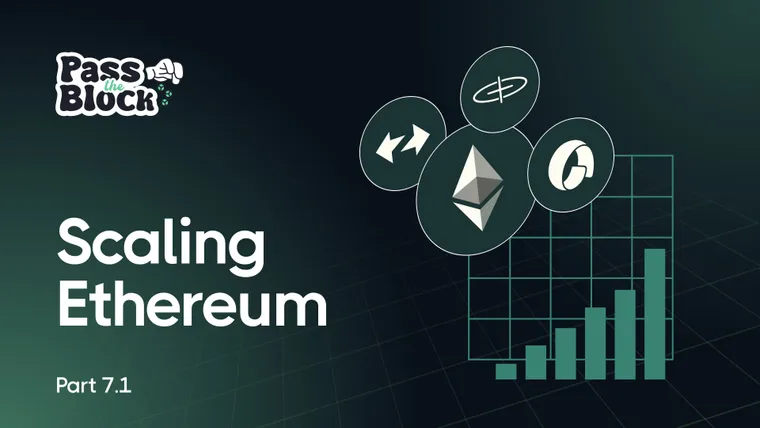In last week’s Pass The Block article, we looked at Ethereum blob usage between the Dencun and Pectra upgrades. While Pectra has now been implemented successfully, and the target capacity for blobs has doubled from 3 to 6 per block, this will likely only provide temporary relief for Ethereum L2s.
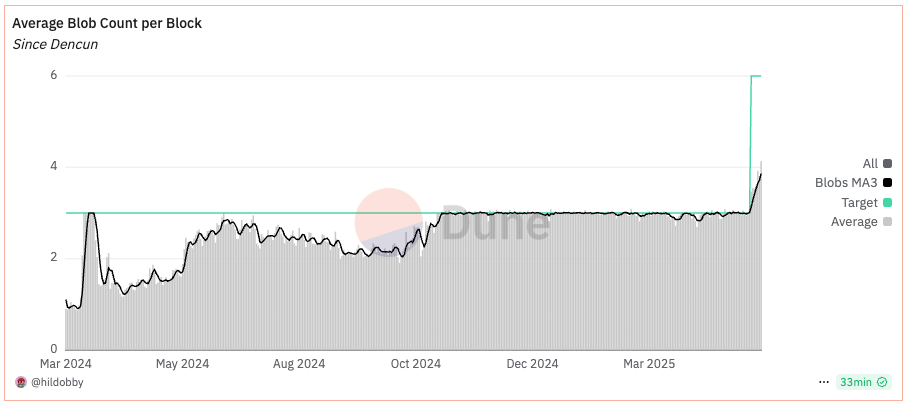
More capacity will likely be required to meet demands under peak loads relatively soon, and some L2s may refrain from switching to blobs due to limited capacity, and/or the threat of price spikes when demand peaks. In this follow-up article, we argue that for the Ethereum ecosystem to reach its next ‘break-out’ point in scaling and adoption, validiums and optimiums must be treated as first class scaling solutions. However, some prudence is required when selecting a DA solution for this purpose.
Not All DA Solutions Are Born Equal
When it comes to selecting a DA solution for scaling, there are multiple factors to consider like price, performance and end-user guarantees. We cover these factors in this DA comparison. However, when it comes to scaling Ethereum, posting transaction data to a public blockchain like Avail provides many similarities to posting data to Ethereum.
Like Ethereum, transaction data posted to Avail is publicly available and secured by a decentralized network of validators on Avail’s blockchain. This ensures users can access transaction data from a public network at all times, addressing the primary concern DA solutions solve.
Avail also provides additional verification through Data Availability Sampling (DAS) with Light Clients, something that’s not yet available on Ethereum. Using Avail’s Light Client which can easily be integrated into wallets and consumer facing apps, a user can independently verify that transaction data is available from their browser, on a laptop or a smartphone. Now, users no longer need to trust full nodes or RPC providers to get DA guarantees, they can instead receive verification directly from the blockchain themselves.
Avail secures and verifies transaction data using KZG commitments and erasure coding, which, when used in conjunction with DAS and Light Clients, is the same method planned for Ethereum with full Danksharding. Any validium or optimium integrating with Avail today will be one step closer to the full Danksharding feature set when it goes live.
Sophon Setting An Example
Sophon’s mission is to become the go-to platform for consumer-friendly blockchain products, used by existing and new users alike. It serves as the foundation for applications in different verticals including gaming, ticketing, AI, sports betting and more. In the ~5 months since launch, the Sophon blockchain has processed over 65 million transactions, onboarded 100k+ users and posted more than 11GB of transaction data to Avail.
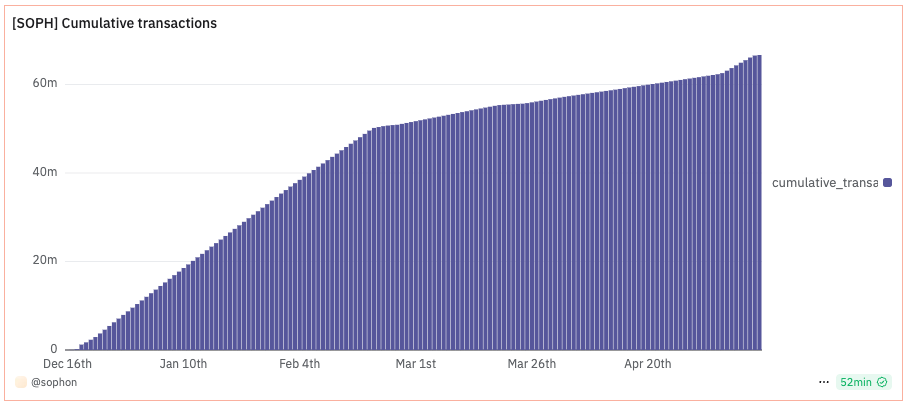
This onchain activity has translated into real world outcomes like, 55k tickets sold, generating over $2m revenue for the Open Ticketing ecosystem. It’s secured $15m TVL for SyncSwap and verified 8.8m jobs for Aethir’s decentralized compute infrastructure.
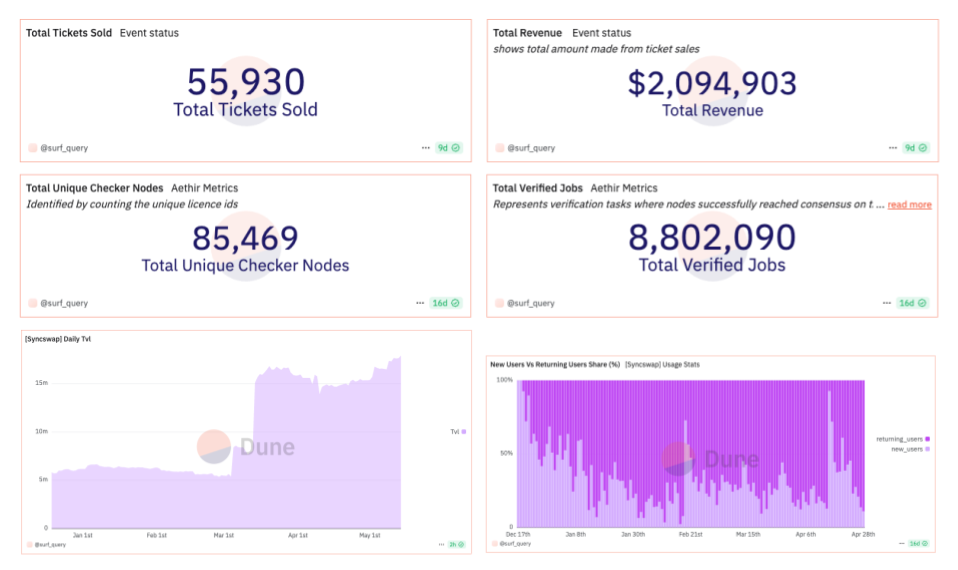
Sophon recently became the first ever validium to verify data attestations on Ethereum. This allows an Ethereum smart contract to confirm that Sophon’s transaction data is available on Avail’s blockchain, strengthening the link between the Avail and Ethereum ecosystems, while advancing trust minimized scalability for Ethereum.
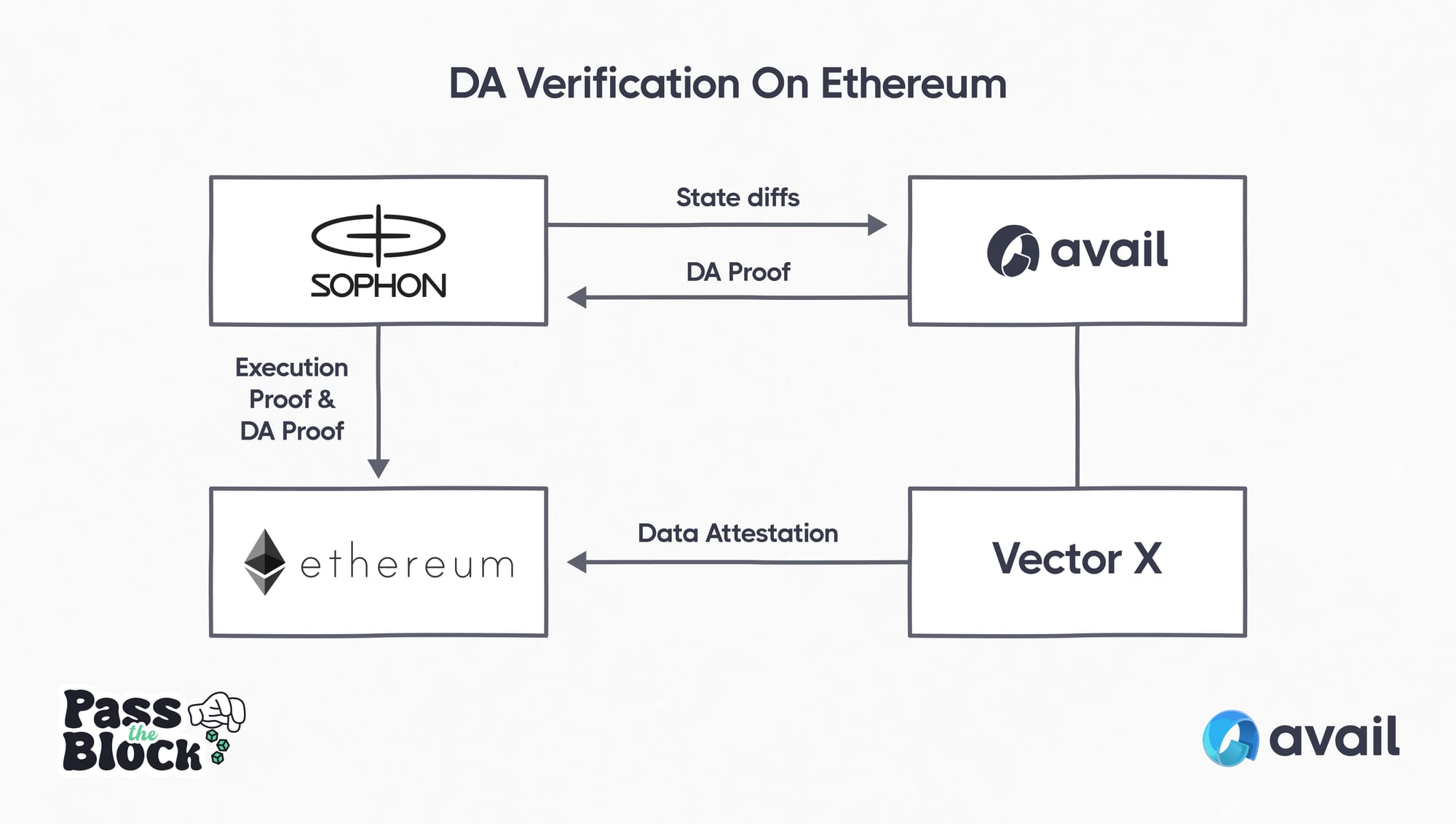
Increasing DA Capacity
Because Avail has adopted the separation of concerns principle, it has built in the ability to increase DA capacity (block size) with demand, having already increased blocks from 2MB to 4MB within the first year on mainnet. Further capacity has also been tested with 8MB and 16MB blocks, with a more comprehensive strategy for achieving 10GB blocks in the future. All of this is to say that the Ethereum ecosystem can rapidly expand beyond current throughput constraints by embracing optimiums and validiums today, leveraging trust-minimized and end user verified DA posted on a public blockchain.
This increase in capacity would be immediate, and it would undoubtedly lead to a rapid expansion of the apps and number of developers building within the Ethereum ecosystem, enabling Ethereum to achieve its goal of becoming the world ledger.
In just a week since the Pectra upgrade, Ethereum’s blob usage has gone from an average of ~3 blobs per block to almost 4. In other words, in just 7 days approximately ⅓ of the increased capacity is already being consumed, suggesting the embrace of validiums and optimiums needs to happen sooner rather than later.
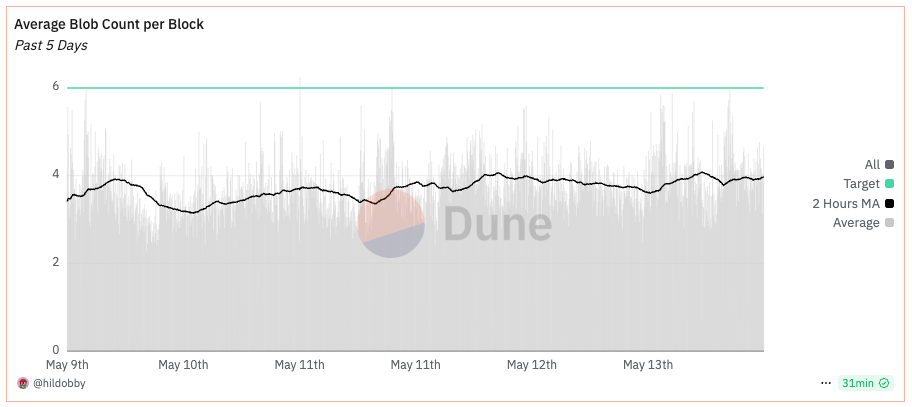
The Path Forward For Scaling Ethereum
The Pectra upgrade has provided much needed breathing room for the Ethereum ecosystem right now, but the rapid consumption of blob capacity from L2s across the entire ecosystem signals that demand will quickly outpace supply yet again.
Validiums and optimiums, powered by a public blockchain providing verified, trust-minimized DA like Avail presents a scalable path forward for Ethereum today. By adopting this solution, Ethereum not only unlocks additional throughput immediately, it remains competitive against higher throughput L1s over the longer-term, and it maintains alignment with full Danksharding. Projects like Sophon and Lens are already proving this model works, expanding the reach of Ethereum while achieving real world adoption.

